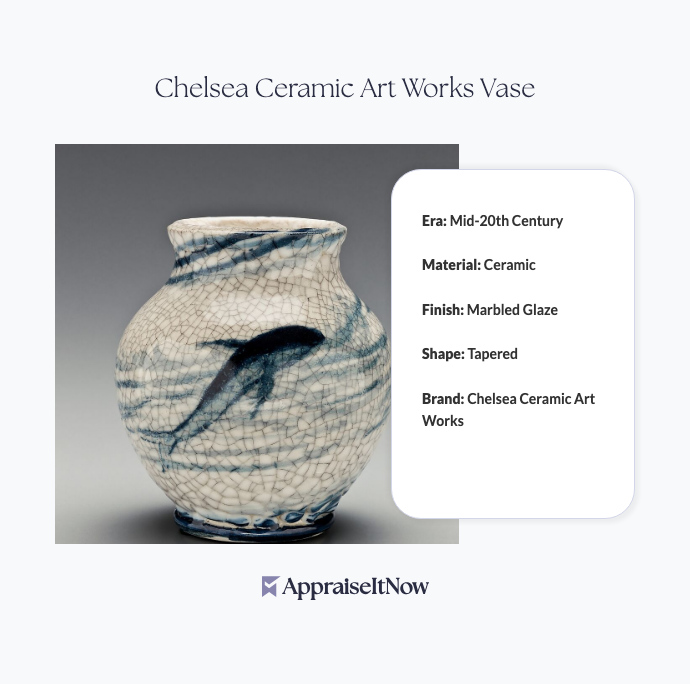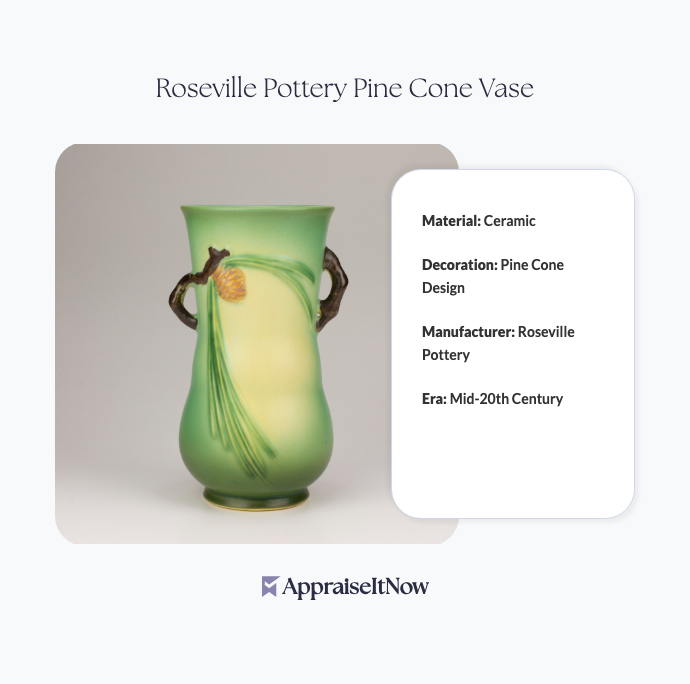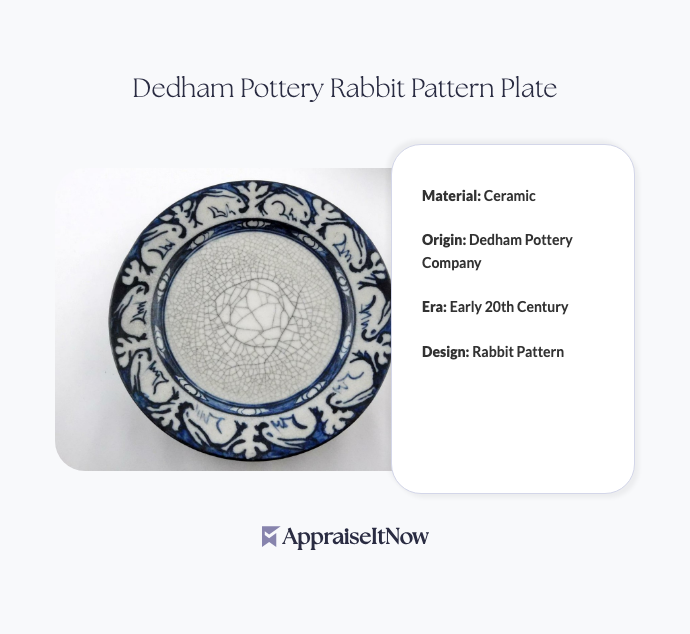<h1>How to Get Your Chinese Export Porcelain Famille Rose Appraised</h1>
<p>Chinese Export Porcelain Famille Rose represents one of the most coveted categories in decorative arts collecting, with quality examples valued between <strong>$12,000 and $18,000</strong>. Whether you've inherited a cherished family heirloom, discovered a treasure at an estate sale, or are considering acquiring a piece for your collection, understanding how to properly appraise this exceptional porcelain ensures you make informed decisions about its worth and authenticity.</p>
<h2>Understanding Chinese Export Porcelain Famille Rose Value</h2>
<p>Famille Rose porcelain emerged during the early 18th century Qing Dynasty and quickly became the hallmark of Chinese-Western cultural exchange. The term "famille rose" literally means "pink family" in French, referring to the distinctive rose-tinted enamels that characterize these pieces. What makes this porcelain so valuable is the convergence of exceptional craftsmanship, historical significance, and enduring collector demand.</p>
<p>The porcelain itself displays remarkable technical achievement—each piece features hand-painted designs with vibrant, multi-colored enameled decorations typically depicting floral motifs, birds, or scenes of daily life. The smooth, glossy finish reflects centuries of refined ceramic technique that distinguished Chinese artisans from their global counterparts. This combination of artistic merit and historical importance explains why collectors and connoisseurs consistently seek authenticated Famille Rose pieces.</p>
<div class="callout tip"><p><strong>Market Insight</strong></p>
<p>Famille Rose porcelain first exported to Europe in the 1700s remains highly sought today, with well-provenance examples commanding premium prices at international auction houses.</p></div>
<h2>What Determines Your Famille Rose Porcelain's Value</h2>
<p>Several interconnected factors shape how appraisers evaluate your Chinese Export Porcelain Famille Rose. Understanding these elements helps you prepare for a professional appraisal and recognize quality markers that influence pricing within that $12,000-$18,000 range.</p>
<p><strong>Age and period of manufacture</strong> significantly impact value. Pieces produced during the height of the export trade (1700s-1800s) command higher valuations than later reproductions. Appraisers use stylistic analysis, enameling techniques, and glaze characteristics to distinguish genuine 18th-century examples from 19th-century copies or modern recreations.</p>
<p><strong>Condition and restoration history</strong> directly affect your piece's market position. Original pieces with minimal restoration, intact glaze, and no chips or cracks command premium pricing. Conversely, heavily restored examples or those with significant damage see proportional value reductions. Professional conservators and appraisers can identify restoration work invisible to untrained eyes, ensuring accurate valuation that reflects market reality.</p>
<p><strong>Size and form</strong> create distinct pricing categories. Large vases, elaborate bowls, or complete dinner services typically command higher values than small dishes or cups. Similarly, unusual or rare forms—perhaps combining Famille Rose decoration with export-market practicality—appeal to specialized collectors willing to pay premiums for distinctive pieces.</p>
<p><strong>Decoration complexity and artistry</strong> separates exceptional examples from ordinary ones. Pieces featuring intricate hand-painted scenes, rare color combinations, or exceptional artistic execution justify higher valuations. When evaluating <a href="/types/antique-artwork">antique artwork</a> and decorative pieces, appraisers consider technical skill demonstrated in brushwork, color application, and compositional balance.</p>
<h2>How to Identify Genuine Famille Rose Porcelain</h2>
<p>Distinguishing authentic Famille Rose from later imitations requires examining specific technical and aesthetic markers. The pink enamel color itself provides one authentication tool—genuine Famille Rose displays a distinctive rose tone that changes appearance under different lighting. The enameling technique creates a slightly raised surface texture distinct from printed decoration or underglaze painting.</p>
<p>Examining the base reveals crucial information about how to identify famille rose porcelain. Authentic pieces feature specific glaze characteristics, weight distribution, and often bear reign marks of Qing Dynasty emperors like Yongzheng or Qianlong. However, appraisers note that many export pieces lacked marks entirely, making attribution more challenging and emphasizing the value of professional expertise in <a href="/blog/appraising-asian-art-and-antiques-understanding-cultural-significance-and-value">appraising Asian art and antiques</a>.</p>
<div class="callout note"><p><strong>Authentication Tip</strong></p>
<p>Reign marks alone don't guarantee authenticity—many later pieces copied earlier imperial marks. Professional appraisers combine mark analysis with body composition, glaze examination, and stylistic study for definitive authentication.</p></div>
<p>The porcelain body itself tells stories through composition and weight. Genuine Chinese export porcelain exhibits specific gravity and translucency properties that distinguish it from later European porcelain or contemporary reproductions. Appraisers may examine the piece under ultraviolet light, where original glazes display distinctive fluorescence patterns that guide authentication.</p>
<h2>The Role of Provenance in Appraisal</h2>
<p>How do you determine the value of Chinese porcelain? Provenance—the documented ownership history—often proves as important as physical characteristics. Pieces with clear collector histories, museum documentation, or exhibition records command significant premiums over examples lacking such verification. A Famille Rose vase with documentation showing it belonged to a notable 19th-century collector carries considerably more value than an identical unmarked piece.</p>
<p>Professional appraisers investigate provenance through auction house records, museum databases, collector registries, and historical documentation. This research validates authenticity and establishes market positioning. When pieces come from distinguished collections or bear institutional provenance, appraisers can reference comparable sales and establish robust valuations grounded in documented market activity.</p>
<h2>Reading Chinese Porcelain Marks</h2>
<p>How to read Chinese porcelain marks requires specialized knowledge that appraisers develop through years of study. Six-character reign marks typically appear on the base, written in seal script or regular script calligraphy. These marks indicate the emperor during whose reign the piece was supposedly produced—though many later pieces copied earlier marks, a practice called "apocryphal marking."</p>
<p>The character arrangement, calligraphic style, and placement provide authentication clues. Genuine Qianlong-marked pieces, for example, display specific artistic characteristics in how appraisers render those characters. Understanding that different kilns used distinct marking styles helps establish whether your piece originated from imperial workshops, commercial kilns, or the vast export production centers of Jingdezhen.</p>
<div class="callout tip"><p><strong>Pro Appraisal Strategy</strong></p>
<p>Professional appraisers compile extensive reference collections and market databases that enable rapid mark identification and period determination—resources far beyond typical collector access.</p></div>
<h2>When to Seek Professional Appraisal Services</h2>
<p>You should obtain a professional appraisal when considering significant transactions involving your Famille Rose porcelain. Whether you're selling through auction, seeking insurance coverage, conducting estate planning, or making acquisition decisions, certified appraisals provide essential documentation. AppraiseItNow connects you with credentialed experts holding certifications from organizations like <strong>AAA, ISA, ASA, CAGA, and AMEA</strong> who specialize in fine <a href="/blog/appraisals-for-fine-porcelain-and-ceramics-valuing-delicate-artistry">porcelain and ceramics valuation</a>.</p>
<p>Professional appraisers follow <strong>USPAP standards</strong> (Uniform Standards of Professional Appraisal Practice), ensuring your valuation meets legal and financial requirements. This documentation proves particularly valuable for insurance companies requiring certified replacement cost estimates or for estate executors needing independent valuations for distribution purposes.</p>
<p>The appraisal process itself involves comprehensive examination, comparative market analysis, condition assessment, and detailed documentation. Appraisers photograph your piece from multiple angles, examine construction details under magnification, research comparable sales, and ultimately produce a detailed report explaining valuation methodology. This transparency helps you understand your piece's market position and the factors supporting its estimated value.</p>
<h2>Market Trends Affecting Famille Rose Values</h2>
<p>The collecting market for Chinese export porcelain remains robust despite broader economic fluctuations. Asian art specialists note that Famille Rose pieces appreciate steadily as the global collector base expands and museum institutions acquire examples for major collections. Contemporary auction results consistently demonstrate strong demand, particularly for pieces combining exceptional condition with documented provenance or unusual forms.</p>
<p>Understanding current market dynamics informs acquisition strategies and timing considerations. Pieces experiencing particular collector interest—such as Famille Rose chargers (large decorative plates) or figural examples—may command premiums over more conventional forms. Regional factors also influence values; pieces with Western heraldic decoration commemorating specific families command specialized collector markets separate from general Chinese export categories.</p>
<h2>Documentation You'll Need for Appraisal</h2>
<p>Prepare comprehensive information to maximize appraisal accuracy and efficiency. Gather any existing documentation including auction catalogs, previous valuations, insurance records, or family provenance information. Photographs from multiple angles—including base marks, any decorative details, and condition issues—provide essential reference material.</p>
<p>Document your piece's physical dimensions (height, diameter, weight), current condition including any repairs or restoration work, and complete description of decorative elements. If your piece includes distinguishing features—perhaps commemorative marks, Western market adaptations, or unusual forms—highlight these for the appraiser's attention. This preparation ensures your professional appraisal addresses all relevant valuation factors and produces accurate market positioning of your Chinese Export Porcelain Famille Rose.</p>
<div class="callout note"><p><strong>Key Takeaway</strong></p>
<p>Professional appraisal of your Chinese Export Porcelain Famille Rose provides certified documentation of value grounded in market expertise, authentication analysis, and comparable sales data—essential whether you're buying, selling, insuring, or preserving this significant decorative art investment.</p></div>







.avif)







